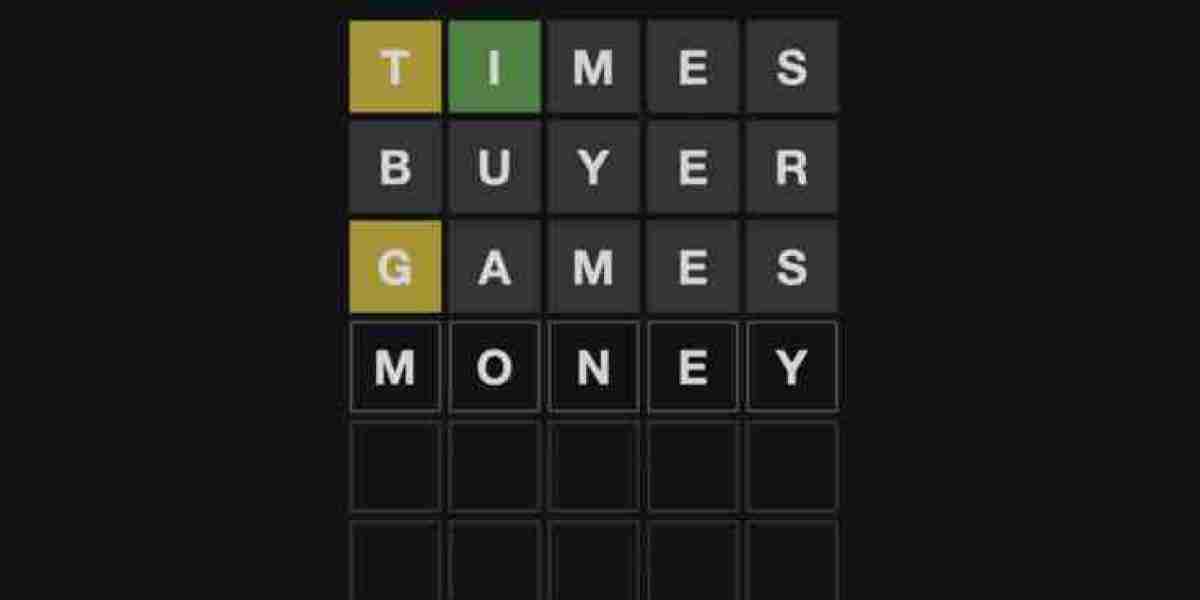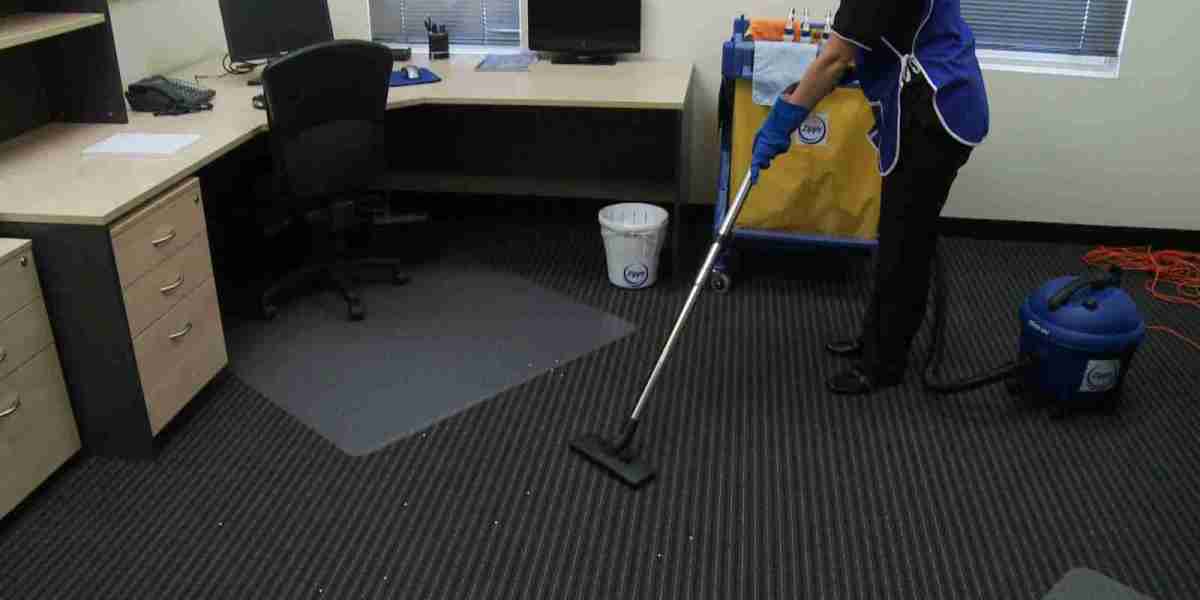Introduction About Wordle UK
If you haven't yet come across Wordle, it’s high time you did—especially if you’re in the education field. As a viral phenomenon, Wordle has evolved from a simple web game into a global puzzle sensation. Wordle UK, with its focus on UK-specific words, brings a fun twist to the equation, integrating local culture and language into a game that’s perfect for the classroom.
Whether it’s for building vocabulary, fostering teamwork, or improving problem-solving skills, creating a personalized Wordle game for your classroom allows you to directly control the pacing, difficulty, and thematic relevance of the words chosen. In this article, I’ll walk you through how Wordle UK works, how you can create your own version, and why customizing the game can have a huge educational benefit for your students.
How Wordle UK Game is Created
When we look at how Wordle UK was created from a game development standpoint, it’s clear that simplicity is at the heart of its success. It’s not just about a word puzzle—it’s about creating an experience where feedback is immediate and clear, guiding the player toward the solution step by step.
The core mechanics involve the player guessing a five-letter word with six attempts. With each guess, the game gives instant feedback through color coding:
Green means the letter is in the right spot.
Yellow indicates the letter is in the word but in the wrong spot.
Grey shows the letter isn’t part of the word at all.
From a developer’s perspective, the key challenge here is balancing difficulty. Too easy, and players lose interest quickly; too hard, and they get frustrated. That’s why the UK version of Wordle uses more localized words that feel relevant to the player’s day-to-day vocabulary, striking a balance between accessibility and challenge.
When you’re creating your own Wordle UK game, you want to apply the same principles. Choose words that are familiar but provide just enough challenge to keep students engaged. I’d recommend using words that fit within the educational framework, like those related to your lesson plans. This will make the game more engaging and ensure it aligns with the skills you’re trying to develop.
How Do You Play Wordle UK Game
Playing Wordle UK is as simple as it is engaging. The game mechanics are designed to be accessible, so students don’t need to have any prior experience to dive in. Here’s a breakdown of how to play:
Guess a Word: Students begin by typing any five-letter word into the game. As a game developer, one aspect I love about Wordle is how it empowers players to experiment with different strategies. The initial guess doesn’t have to be perfect, but it starts the chain of feedback that guides the rest of the game.
Receive Feedback: After entering a guess, the game provides color-coded feedback:
Green means the letter is correct and in the right spot.
Yellow means the letter is in the word but in the wrong position.
Grey means the letter doesn’t appear in the word at all.
Refine Your Guess: Using the feedback, students can refine their guesses. As a developer, I can tell you this is the sweet spot for creating a satisfying challenge. The incremental feedback allows players to feel like they’re constantly making progress.
Repeat: The game continues with students refining their guesses based on the feedback. They have six attempts to crack the word—another game design choice that ensures enough room for trial and error without becoming overly repetitive.
This process is highly engaging because it’s designed to challenge the player’s logical thinking without overwhelming them. This is crucial from both a game design and educational standpoint, as the difficulty curve should be gradual but steady to maintain engagement.
How to Create Your Own Wordle UK Game for Students
From a developer's perspective, building your own Wordle UK game doesn’t need to be overly complex. Here’s how you can set up your own version, whether you’re using a web tool or creating a printable version:
Choose Your Words: The first step is to pick words that are age-appropriate and relevant to your subject area. As a game developer, I recommend ensuring that the words are neither too easy nor too obscure—striking a balance between familiarity and challenge. This makes the game enjoyable and educational at the same time.
Set Up Your Game Format: You can either use an online platform like Wordwall or Puzzlemaker, which allows you to easily create word games, or if you have the technical skills, you can code a simple Wordle-like game yourself. I would recommend using HTML5 and JavaScript to create a basic version of Wordle with interactive feedback. It’s a relatively simple project that can scale with your students’ needs.
Provide Instructions & Challenges: After setting up the game, introduce it to your class. Start by explaining the game mechanics and then provide extra challenges. For example, you might introduce themed Wordle puzzles based on the lesson’s vocabulary words. As a game developer, I find that introducing a thematic approach can increase engagement. It’s not just about playing the game—it’s about using the game as a learning tool.
Add Extra Learning Elements: The beauty of a game like Wordle is that it can be customized for any learning objective. Consider adding extra learning layers, such as providing hints after a certain number of guesses, or integrating content from recent lessons. This will keep students engaged and focused while adding educational value to the gameplay.
Evaluate & Reflect: After playing, have a debrief session with the class. As a developer, I can say that feedback is key to the player’s learning experience. Ask students about their strategies, how they decided on their guesses, and how the feedback helped them solve the puzzle. This reflection can be a powerful way to deepen their understanding of the words while reinforcing the critical thinking skills involved in solving the game.
What Are Some Other Wordle UK-Like Games?
As a developer, I’m constantly exploring ways to innovate within the word puzzle genre. Here are some other fun and educational alternatives to Wordle UK that can keep your students engaged while developing their cognitive and language skills:
Quordle: This game takes Wordle to the next level by challenging players to guess four words simultaneously. It’s great for enhancing multitasking and logical thinking.
Absurdle: If you’re looking for something trickier, Absurdle is a variation where the secret word changes with each guess. This dynamic approach keeps players on their toes, making it a real brain teaser.
Jotto: Jotto is another classic word-guessing game similar to Wordle, but without the color feedback. Instead, players are told how many letters in their guess are correct, which adds a layer of deduction that’s both fun and challenging.
WordMaster: A bit more advanced than Wordle, WordMaster gives players more opportunities for making guesses while introducing slightly different feedback mechanics. It’s a great option for students who want a more complex experience.
Waffle: This game uses a grid of letters that players must rearrange into valid words. It’s a bit like a word search but with a strategic twist, as the letters are already placed, and you need to figure out how to move them around to form words.
Each of these games offers a different type of cognitive challenge, so consider mixing them into your classroom activities to maintain a fresh and engaging atmosphere.
Frequently Asked Questions
Q1: How do I get started with creating my own Wordle UK game for my students?
Start by selecting your words, and then create a simple game format using an online tool or custom code. Tools like Wordwall or Scratch allow for easy game creation, while a bit of HTML5 and JavaScript can give you more flexibility.
Q2: Can Wordle UK be used in different subject areas?
Absolutely! Customizing the game to fit any subject—whether it’s science, literature, or geography—makes Wordle an adaptable and versatile tool for vocabulary practice across the curriculum.
Q3: How can I make the game more challenging for advanced students?
For advanced students, you can increase difficulty by using longer words, limiting the number of guesses, or introducing multi-word puzzles, like in Quordle. Additionally, offering more subtle hints or clues can help deepen their critical thinking.
Q4: Are there any apps or websites to help me create a custom Wordle game?
Yes! Platforms like Puzzlemaker, Wordwall, and even custom coding on Scratch or Glitch offer tools to create personalized versions of Wordle, tailored to your teaching needs.
Conclusion
Creating a custom Wordle UK game isn’t just about playing a word puzzle—it’s about shaping an engaging learning experience for your students. By tapping into the mechanics that make Wordle addictive and educational, you can develop a game that’s tailored to your students’ needs and your lesson objectives. So, go ahead—create your own version of the game, and watch your students’ learning thrive while having fun!








